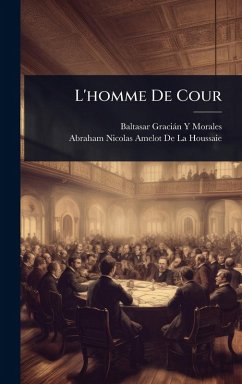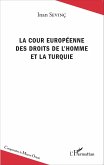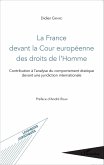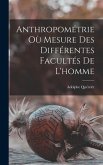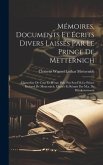L'homme De Cour, first published in French in 1684 and attributed to Baltasar Graciàn and Abraham-Nicolas Amelot De La Houssaie, is a treatise on the art of succeeding in the royal court. This edition presents timeless advice on navigating the complexities of social and political life. Offering astute observations on human nature and strategies for cultivating influence, this work remains relevant for anyone seeking to understand power dynamics and the art of diplomacy. It provides insights into the values, behaviors, and skills necessary to thrive in a world of ambition and intrigue. This work has been selected by scholars as being culturally important, and is part of the knowledge base of civilization as we know it. This work was reproduced from the original artifact, and remains as true to the original work as possible. Therefore, you will see the original copyright references, library stamps (as most of these works have been housed in our most important libraries around the world), and other notations in the work. This work is in the public domain in the United States of America, and possibly other nations. Within the United States, you may freely copy and distribute this work, as no entity (individual or corporate) has a copyright on the body of the work. As a reproduction of a historical artifact, this work may contain missing or blurred pages, poor pictures, errant marks, etc. Scholars believe, and we concur, that this work is important enough to be preserved, reproduced, and made generally available to the public. We appreciate your support of the preservation process, and thank you for being an important part of keeping this knowledge alive and relevant.
Bitte wählen Sie Ihr Anliegen aus.
Rechnungen
Retourenschein anfordern
Bestellstatus
Storno

